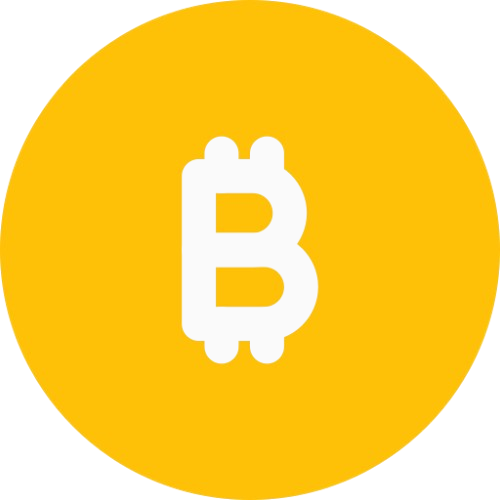
As blockchain networks strive for mainstream usage levels, sheer transaction processing velocity persists as an ongoing challenge in dire need of scalability solutions. This guide unravels the latest layer 2 innovations acting as crypto highway fast lanes engineered to multiply US blockchain throughput and accessibility for driving mass adoption.
Grasping Blockchain’s Scaling Trilemma
Blockchain platforms inherently balance an intrinsic tradeoff between decentralization, security, and scalability due to technical constraints. Network effects slow as additional nodes pile on, diminishing returns eventually marginalize miners, and distributed data transmission bottlenecks arise.
Bitcoin’s base blockchain supports only 7 transactions per second presently while Ethereum manages 15 TPS. Contrast this against Visa’s 65,000 TPS capacity the scaling dilemma becomes apparent even as latency reduces adoption.
Layer 2 solutions now emerge, especially across Ethereum, for reconciling this trilemma by radically accelerating transaction speeds to support entire fintech ecosystems through optimized compromises.
Understanding Layer 2 Pathways
Layer 2 scaling signifies processing transactions outside the base blockchain layer but benefiting from its robust decentralized security model. This effectively routes repetitive low-value transfers away from underlying networks clogged by an overload of such microtasks.

Various layer 2 schemas exist across rollup and sidechain models with exchange channels processing microtransactions and generating periodic aggregated proofs as a warranty. Sidechains allow interconnected parallel blockchains easing cross-communication.
This base layer offloading multiplies collective throughput by up to 100x while retaining integration with parent chains for risk mitigation against individual points of failure. Thereby scalability strides ahead sans much decentralization tradeoff.
Key Benefits of Layer 2 Scaling
Myriad advantages accrue from shifting select operations into layer 2 environments purpose-built for speed:
Faster Transactions – Reduces latency, delays, and costs by minimizing computations on slower, congested networks regarding execution and settlement.
Higher Throughput – Significantly cranks up transactions per second into the thousands via concurrent batch processing.
Enhanced User Experience – Smoother interfaces and real-time interactivity result from lag reduction. Greatly bolsters usability.
Reduced Fees – Slashes network and gas fees by curtailing activity on the more expensive base layer.
Interoperability – Seamless coordination between layer 1 and layer 2 chains through decentralized bridges and relays.
Together this unlocks Web 3.0 functionalities across gaming, metaverses, and finance at scale.
Key US Layer 2 Contenders
Leading layer 2 solutions poised to dominate US crypto infrastructure span optimize rollups from Polygon Hermez to sidechains like Skale Network which shard or segment operations across side blockchains.
However, Ethereum remains LASolana ecosystems now integrate open standards specifications like Ethereum Virtual Machine allowing portable migration of smart contracts from ETH over to faster alternative networks with higher capacity. Such solutions promise frictionless multi-chain experiences conveying assets across protocols.
Interoperability protocols like Connextunescape network-specific silos through heterogeneous chain bridging functionalities vital for cross-platform data and value movements. Modular frameworks minimize isolation and friction consequently.
By strongly supporting layer 2 interoperability, the most versatile US crypto networks and applications boost the flexibility and access needed for mainstream penetration.
Onramping Layer 2 through Crypto Wallets
Top-tier American crypto wallets like MetaMask institutionalize layer 2 migration by building support for scaling solutions into desktop and mobile applications interfacing users with blockchains.

Its 12 million users now access Polygon, Arbitrum, and Optimism ecosystems via embedded bridges porting Web3 activities seamlessly to suitable chains depending on use case factors like speed and affordability.
Wallet apps examine parameters like gas fees and processing load in real-time to determine optimal network routing. By abstracting such complexity into background automation, they streamline the usage of scaling systems for onboarding novices.
The best Bitcoin wallet is also following suit by integrating lightning network node support. Lightning-based transactions settle near-instantly while accruing micropayment channels minimize expenses ideal for retail crypto payments.
Conclusion
Layer 2 solutions are gearing up to turn crypto dial-up into broadband as innovation tackling blockchain’s scaling catch-22 advances into implementation stages. While work remains in establishing confidence and liquidity parity with base networks, the tools now exist to activate Web 3’s next evolution manifold. Users stand to gain from transformative applications with minimally compromising decentralization through this prudent delegation of tasks to appropriate networks – each protocol thus focuses where it contributes most.